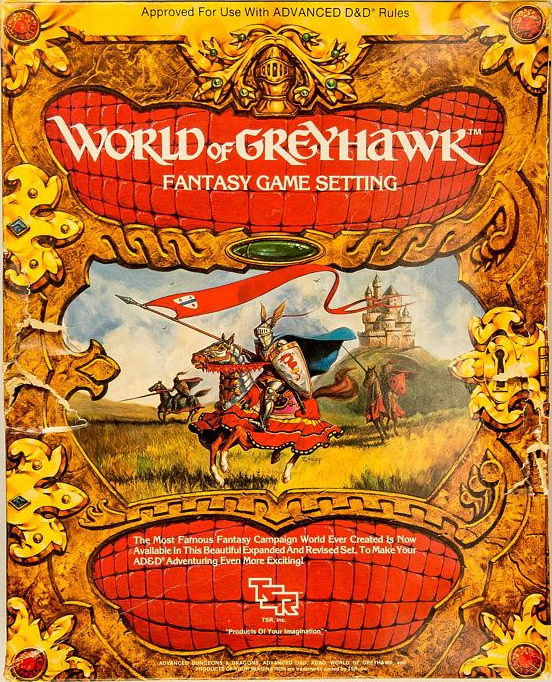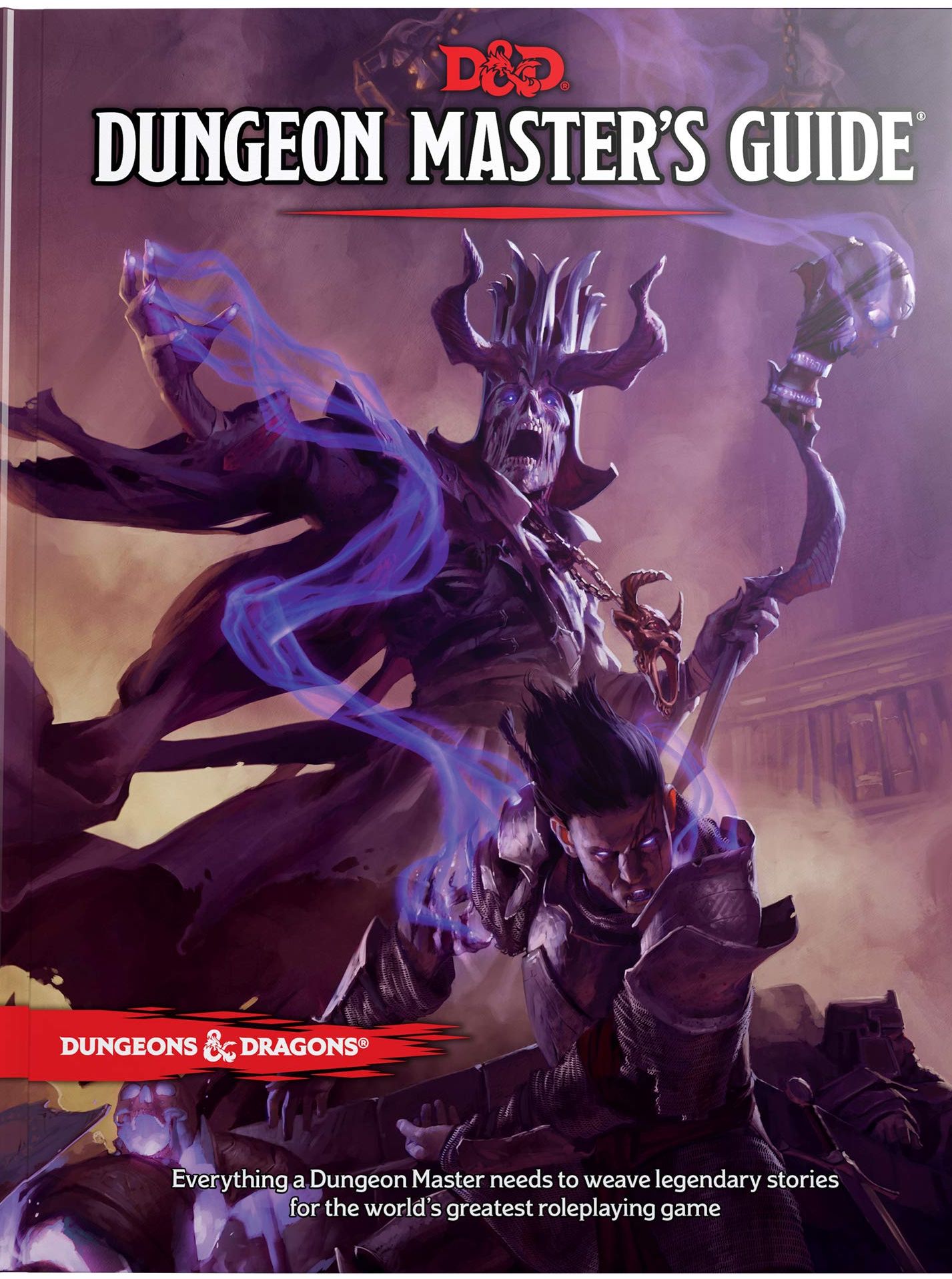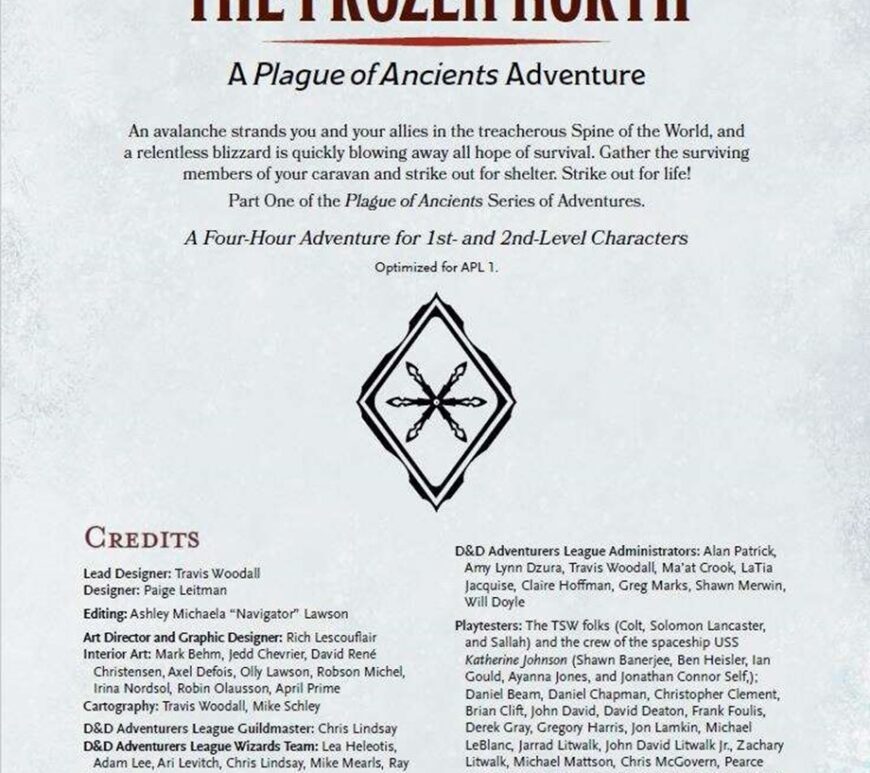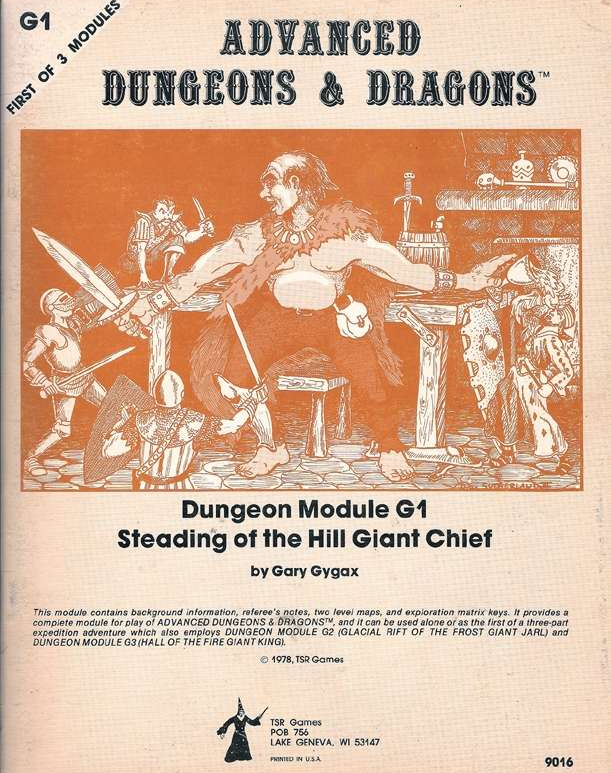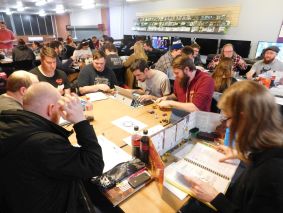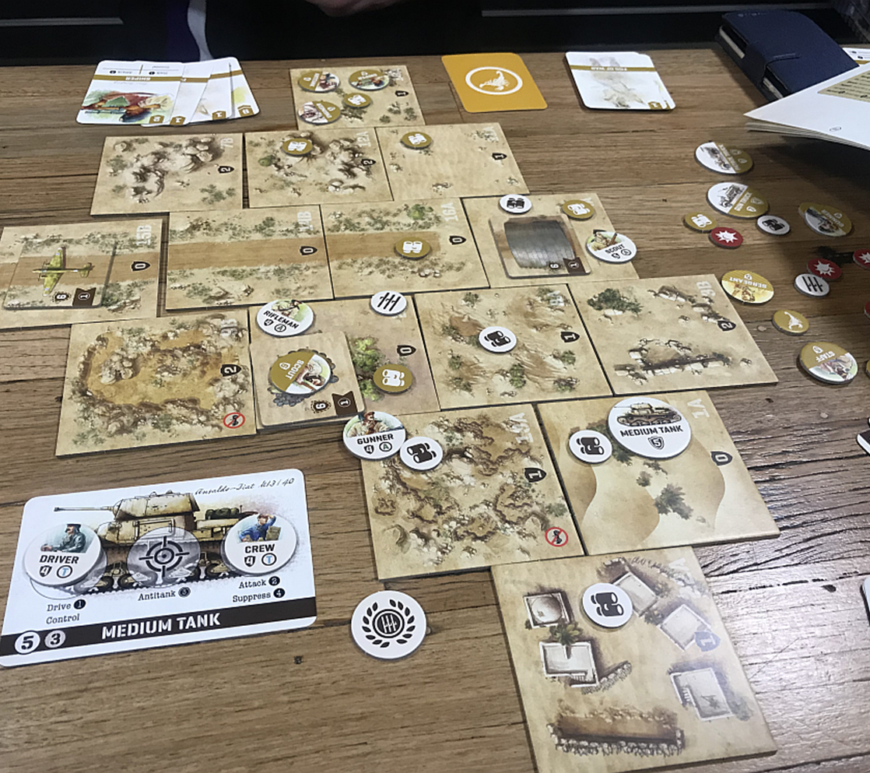
Running Curse of Strahd: Endings
After about seven months of weekly play, typically with 3-hour sessions, my Wednesday group finished Curse of Strahd last night. They found the last of the artefacts at the end of the previous session, and – having already found Strahd – they began the session by confronting him in his lair. Two rounds and one action later, he was dead. It turns out that a … Continue reading Running Curse of Strahd: Endings

